










Sherman Mern Tat Sam
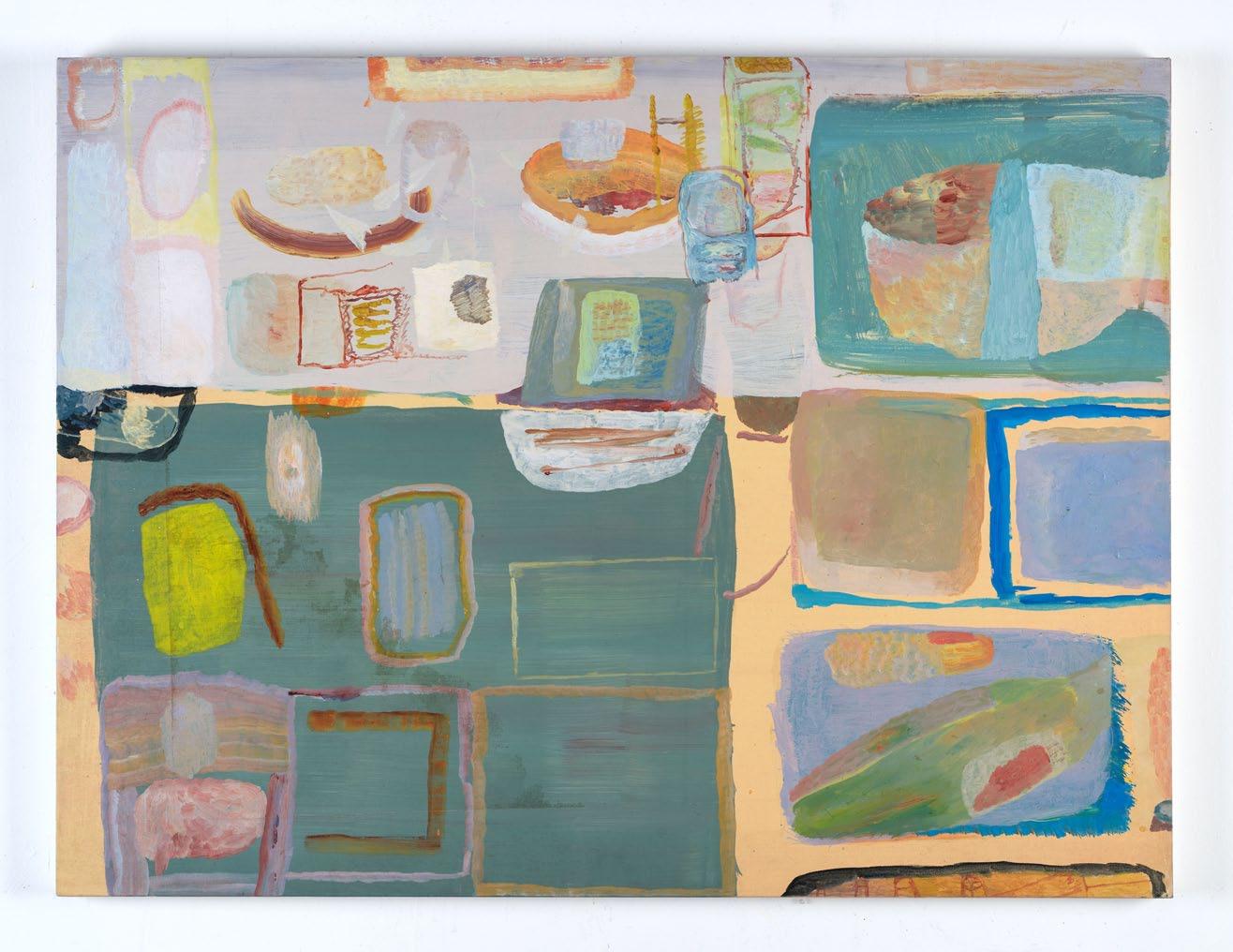
“Philosophy just puts everything before us, and neither explains nor deduces anything. – Since everything lies open to view there is nothing to explain.”1
Wittgenstein (PI 126)
1 Ludwig Wittgenstein, Philosophical Investigations 125, p. 50. (London, 1986)
IWhen I visited Ian Woo last year he showed me some recently rediscovered old paintings. This exhibition is a result of that piece of serendipity. Although the selected works cover a five-year period, 1997–2001, it is Finger food, completed in 1998, that triggered this conversation.
Woo refers to the group of works around Finger food as “tabletop paintings”. It’s a phrase that playfully describes the view of his forms, which is looking down as if gazing upon a table, but also plays with a Singaporean’s main cultural preoccupations: food and eating. The flat, planar fields of colour in Finger food, like the others from this time, provide the ground for more painterly touches to evoke form. Across these green-grey-cream paintings there is a sense that forms, articulated by gestures, are in a state of becoming. Does that shape at the top right of Finger food, with its greyish vertical band and conical end, suggest a piece of sushi? Or even a fish head? Could there be a Guston-like grey toothbrush balancing on a bar of white soap in the lower left corner of Knees and toes, 1998? Yet despite these multitudinous shapes and touches, collectively these paintings exude a calm ease.
It would be easy to drive towards metaphors of consumption and materialism, or even comparisons of paint’s sensuality to palates and tastes in the interpretation of these works. But in the end Woo’s forms are suggestions rather than specific representations. It is as if he were slowly sorting through his mind and laying out the different items and categories. “The first time I was using so many things in my paintings,” he said, “was when I first came back to Singapore from England in ’97. I guess was trying to find the language of living here. Singapore is a very strange country, I grew up here, in a mix of Chinese and Western culture, a lot of American T.V., Western movies and Hong
2 Ian Woo, “Ian Woo and Painting”, in Mental Images: Paintings and Drawings, interview with Binghui Huangfu, p. 24. (Singapore, 2000)
3 Edmund Husserl, Analyses concerning Passive and Active Synthesis: Lectures of Transcendental Logis, p. 107. (The Netherlands, 2001)
4 Ian Woo, “Ian Woo and Painting”, in Mental Images: Paintings and Drawings, interview with Binghui Huangfu, p. 27. (Singapore, 2000)
Kong serials.”2 The implication is that in a young amalgamated culture, one that is importing diverse influences, there is a need to unpack things and digest ideas. It is as if Woo were trying to force us to recreate the experience of seeing without the object of vision. This is an experience that recurs in different ways throughout Woo’s oeuvre. The philosopher of phenomenology Edmund Husserl describes perception as “a process of streaming from phase to phase; in its own way each of the phases is a perception, but these phases are continuously harmonised in the unity of a synthesis..”3 Husserl is, of course, speaking about observing the world. But painting slows vision, it allows us to perceive parts and wholes, in fact it can help us to hold off the process of synthesis.
IIInstead of 1998, another title for this show might have been the moods (or passions) of Ian Woo. The exhibition is loosely grouped in two parts: cooler, interiorised pieces like Finger food and more gestural or dynamic works like Painting and the art of moving air 2 2000. This dichotomy foreshadows the differential that Woo utilizes in the future: hot and cool, dynamic and calm, intellectual and material. Collectively both these groups fall into the period between his MA in Barcelona (1995) and his Australian doctorate (2006). His Barcelona paintings play with wispy, whispery gestures on flattish, moody grounds. We can perhaps attribute that to his interest at the time in Chinese ink painting and Western monochromes, in particular those of Gerhard Richter; that is, drawing on different visual languages.
Painting and the art of moving air 2 is a smorgasbord of painted moments: small vernacular touches, big modernist brushstrokes; a postmodern inset, Turner-like atmospheric passages that dissolve into lush paint. For instance, a dark rectangle, top right, hints at modernist geometry, yet the orange slash across it exudes an atmospheric charge, like a crack of sunshine on a storm-dark sky. The painting moves between zones of atmospheric intensity and smooth calmness, combining a traditional painter’s vernacular (e.g. stippling) with a modernist’s grandeur (brash gestures). While just below are four colour-charged strokes resembling stripes over which stippled paint could be some form of exploded cake. “I use a variety of styles in painting. Living in this time,” Woo said, speaking at the end of the twentieth century, “I find it difficult to use one style to paint, because the history of painting is so rich. The history and language of painting is so varied and available, so I just edit and find a way of putting them together.”4
If Finger food is construed as arrangements of the things in his mind, then correspondingly these paintings resemble an array of painter’s thoughts and improvisations. All this is in keeping with the postmodern, neo-expressionist ethos of the time, with its insets, joins and jumpcuts, as if to reflexively point to painting’s
artifice and structural qualities. Yet Woo, like the others of his generation, is not entirely reflexive, drawing too on the poststructural linguistic breakthroughs but with a deep understanding of the culture of painting to enliven it again. With hindsight we could surmise that he moved from spidery gestures and monochromes to a calm “interiority” and hot “exteriority”, in the sense that the gestural pieces exude a landscape-like spatial quality.
All artworks are time capsules of sorts. They encompass a moment in the past, both physical and intellectually.5 With these paintings we are in 1998 and 2023; that is, both here and there. For the artist looking at the work, he recalls a memory of another studio, different living circumstances, possibly less knowledgeable but more carefree. It was also a time before Woo had children. Could domestic matters have been in the back of his mind?
Can 1998 be an opportunity to reflect on a moment in the artist’s thinking; a conversation on the past for the future? Conversation, or conversational, is surely the right term for these pieces; that is, a dialogue between the works, between past and present, maybe even anticipation of what is to come and to come after that. Woo’s mature(r) works are not conversations, they are arguments, possibly even struggles. These older paintings are in process.
In simple terms, the notion of change and flow are constants in our lives, and in one way Woo’s art tries to open us up to that. Flux is the constant in Woo’s brand of abstraction: calmer flux, anxious change, collapsing perspectives, shifting shifty gestures; sometimes all these things even coexist in a single work and other times across a group of different shapes and panels. am speaking here of the Woo of today, but all these elements are already evident in 1998. With hindsight it is as if Woo were constantly in the process of reconfiguring where touch, gesture, painting, pictorial organisation, picture-making and vision meet. Is he making sense of the world? Or unmaking our conditioned visual experience of it? The world as Husserl understands is already there; it is we, the observer, who has to filter the visual data. But Wittgenstein says it more precisely: there is really nothing to explain because everything is open to view.
5 have written elsewhere about the notion of time travelling through painting. See: Sherman Sam, “Mobility = Wandering = Wondering” in ISSUE, vol. 9, 2020.
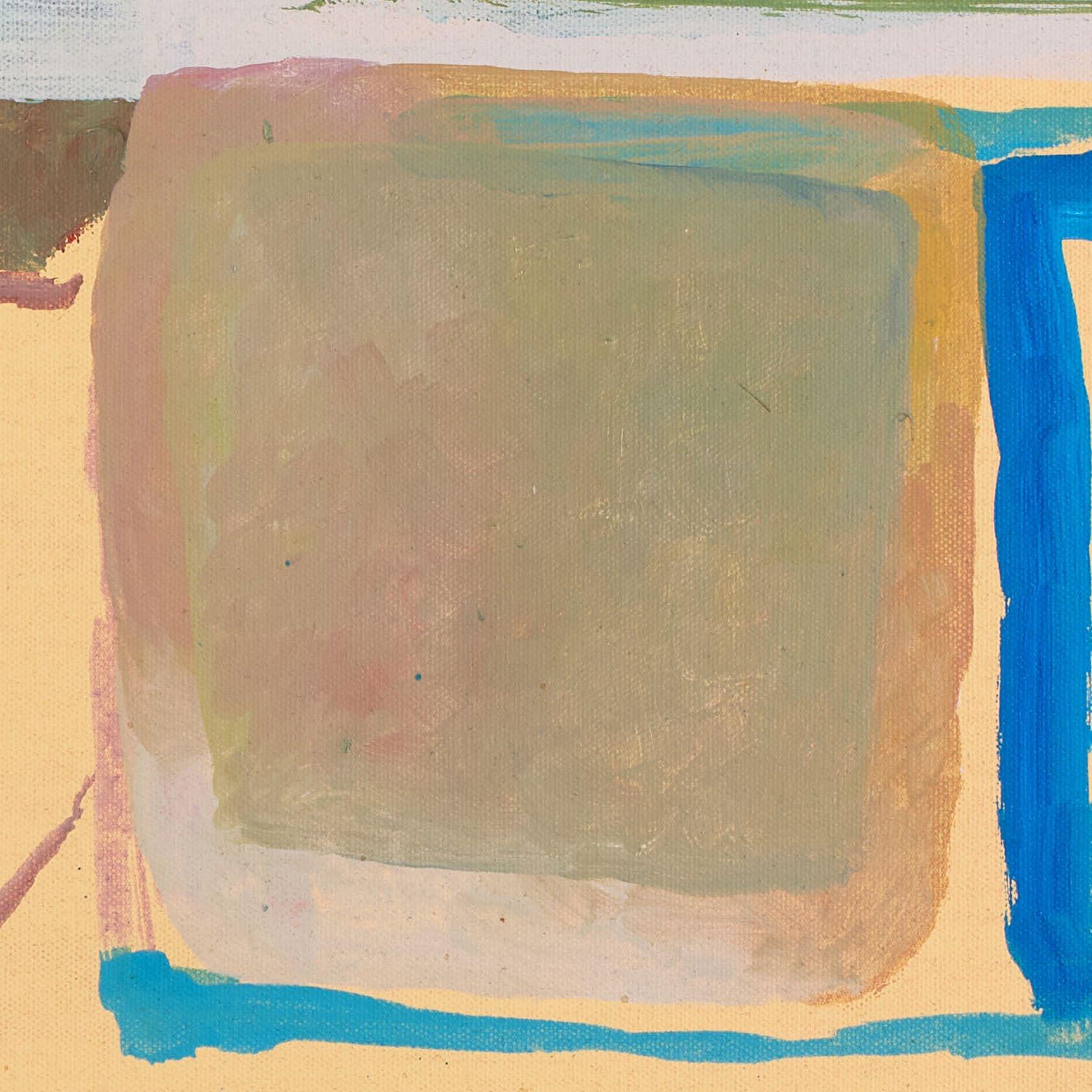
About
Sherman Mern Tat Sam is an artist and critic based in London and Singapore.
He has exhibited internationally, including one-person shows at The Suburban (Chicago), the Rubicon Gallery (Dublin), Equator Art Projects (Singapore), Annka Kultys Gallery (London), and Ceysson-Benetiere (Luxenbourg). His work has also been included in numerous group exhibitions, including M6: Around London at CCA Andratx (Majorca), Connected at Feature Inc (New York), The Theory and Practice of Small Paintings at Equator Art Projects (Singapore), Slow Painting, a UK touring museum exhibition, and Strange Forms of Life, STPI, Singapore. He will next show at Kingsgate Project Space (2023) and Mamoth Contemporary (2024) in London.
As a writer, he has contributed to kultureflash.net, The Brooklyn Rail and various British magazines, as well as ocula.com, artcritical.com and Artforum.
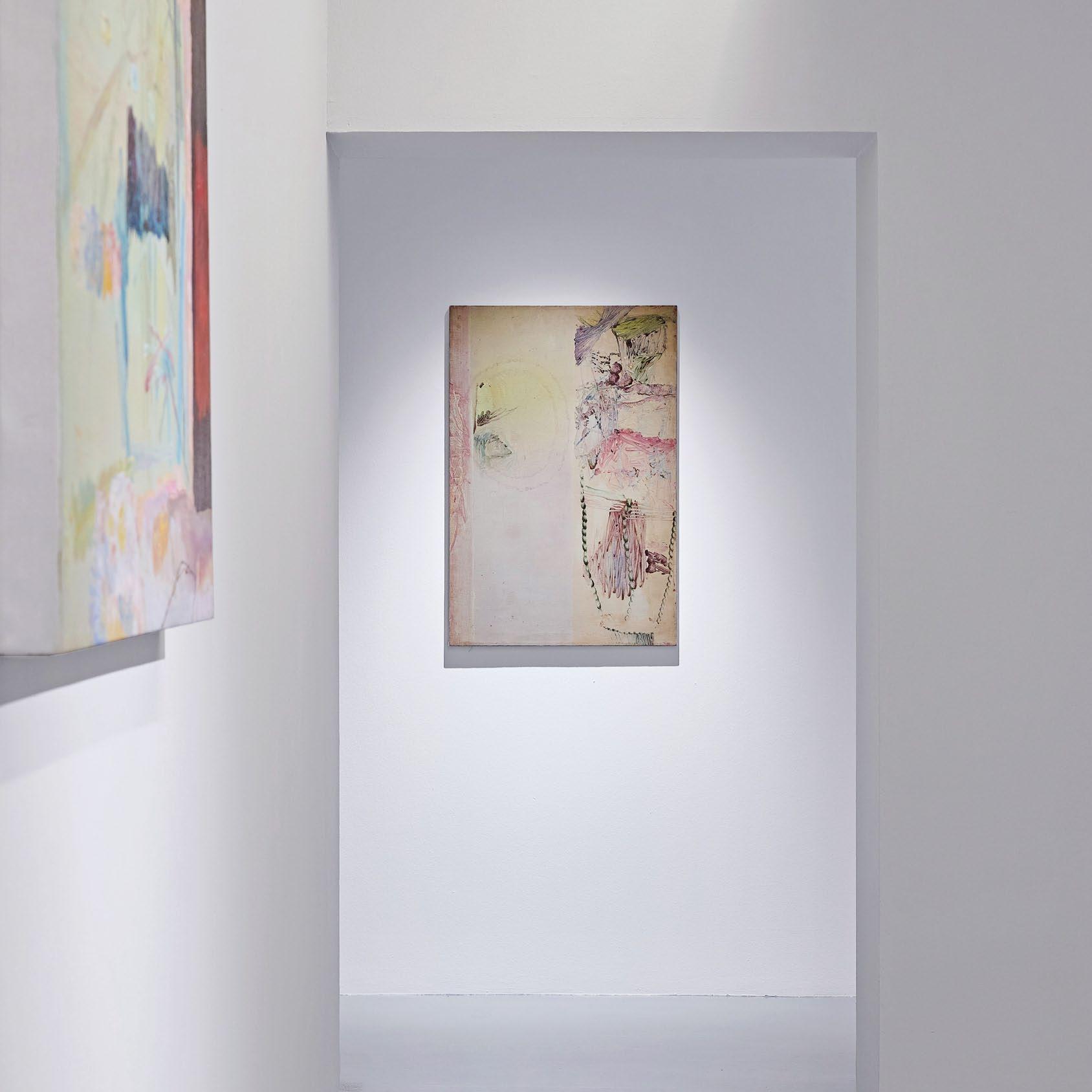
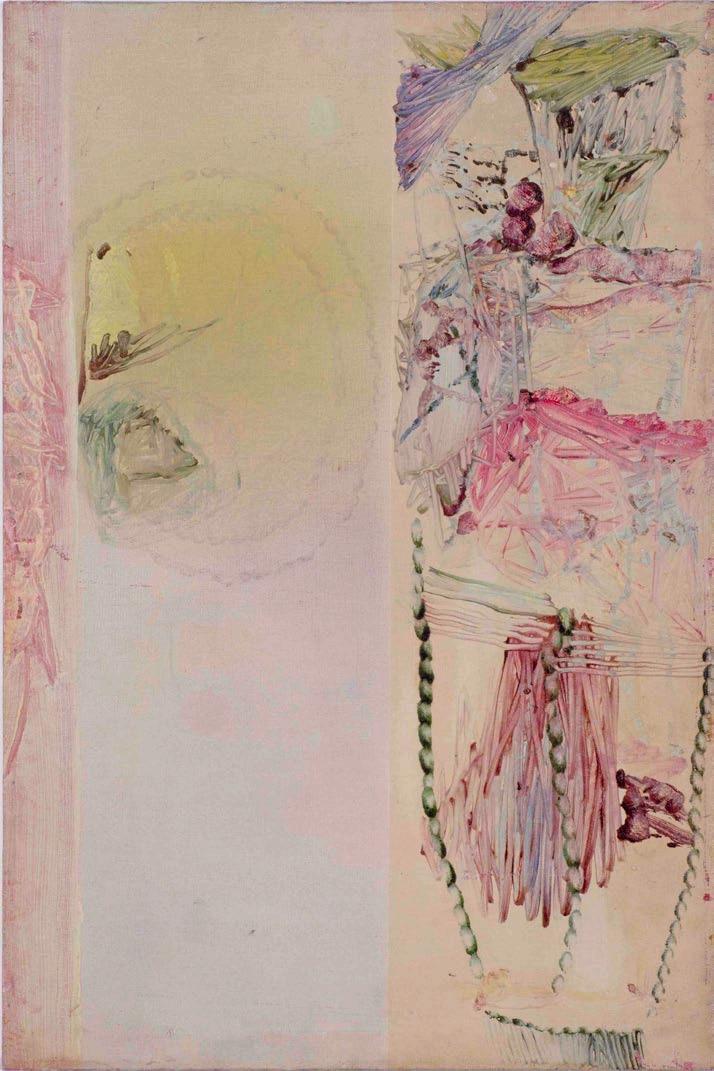

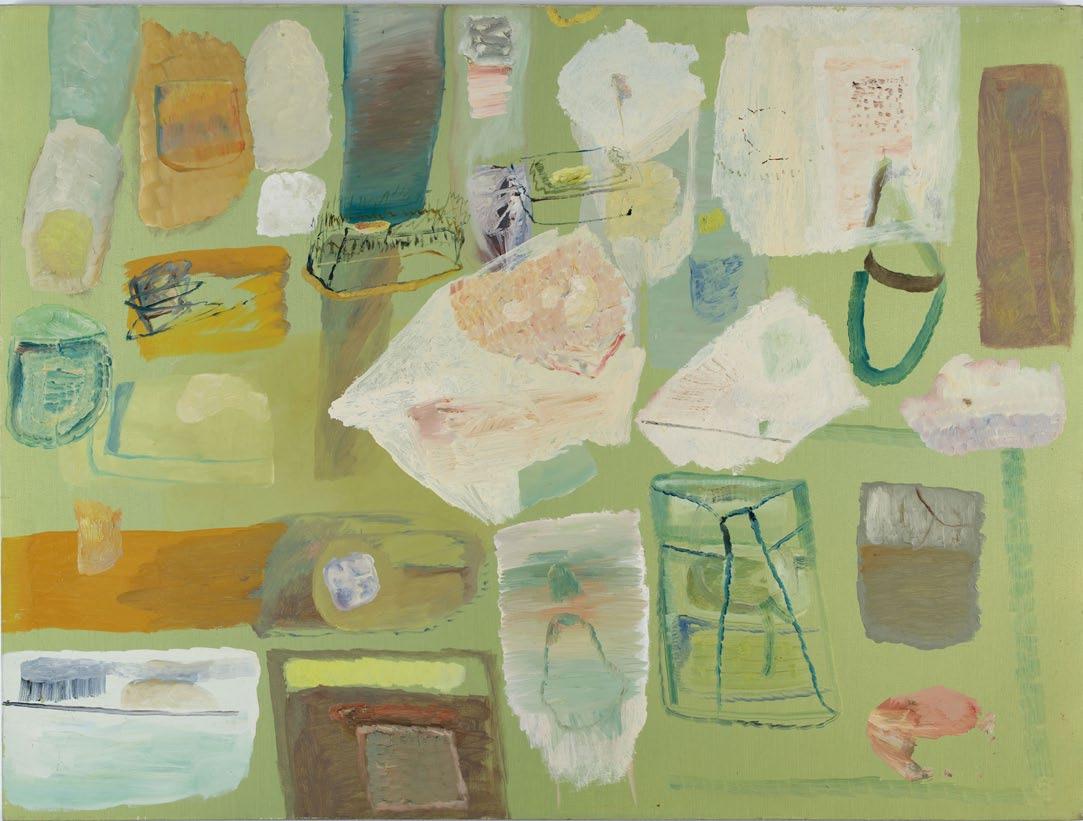
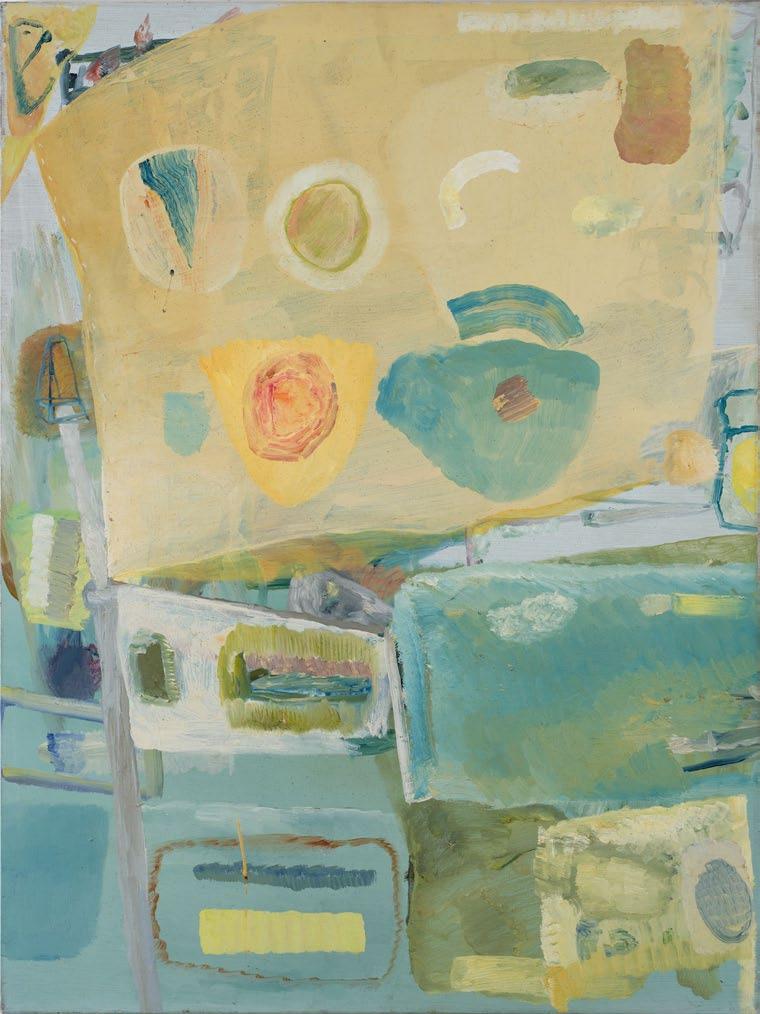

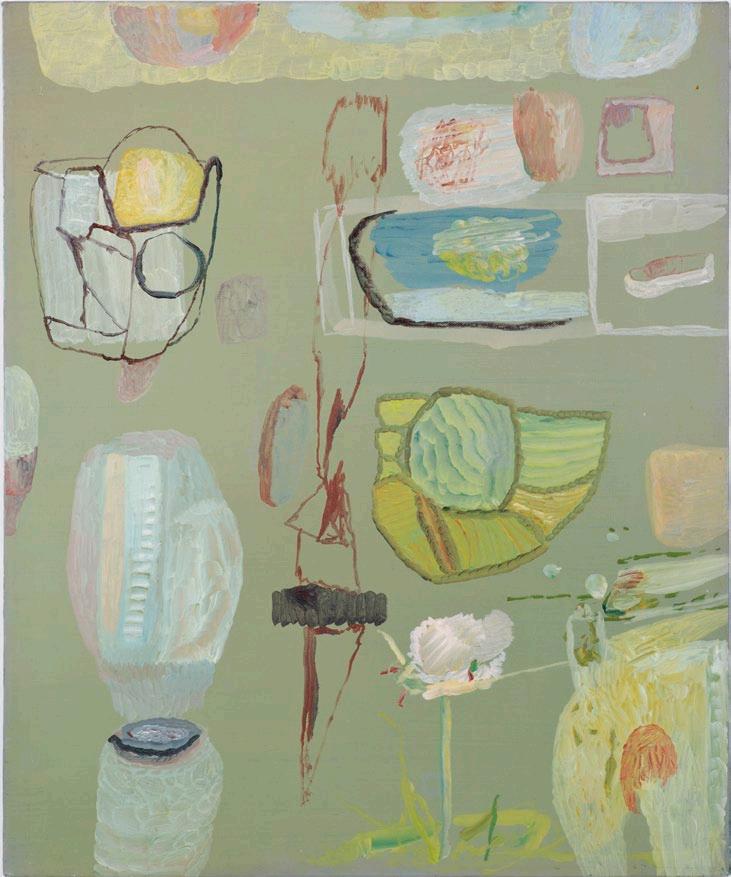

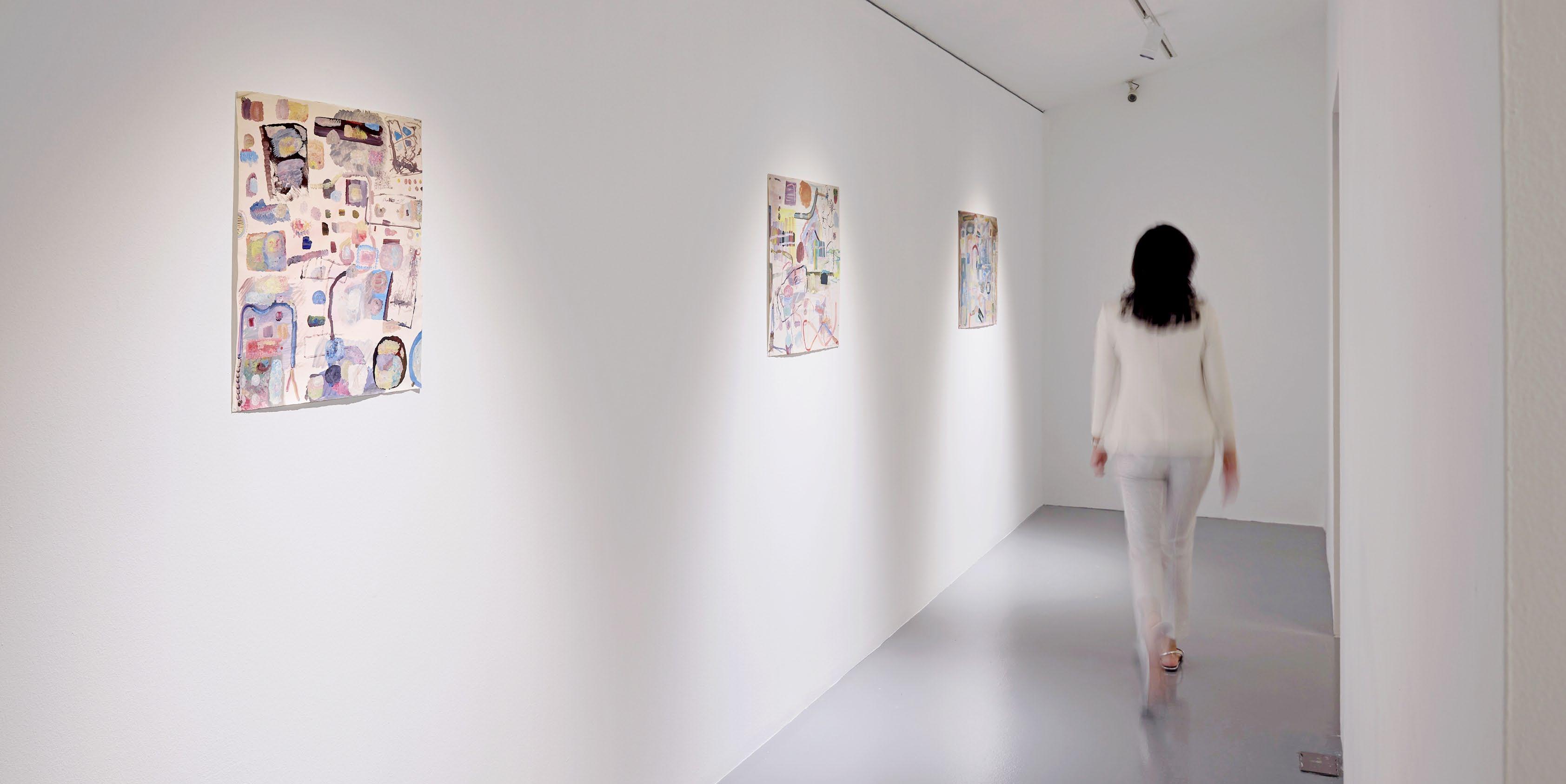
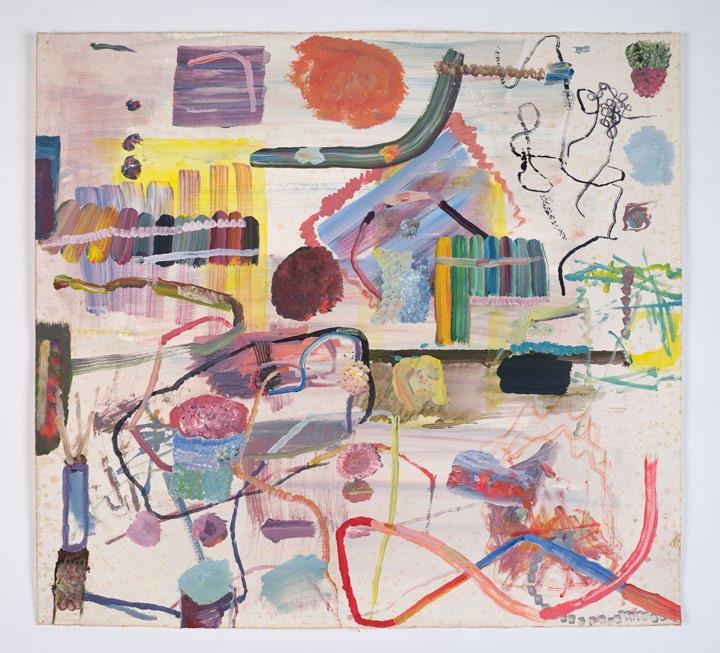



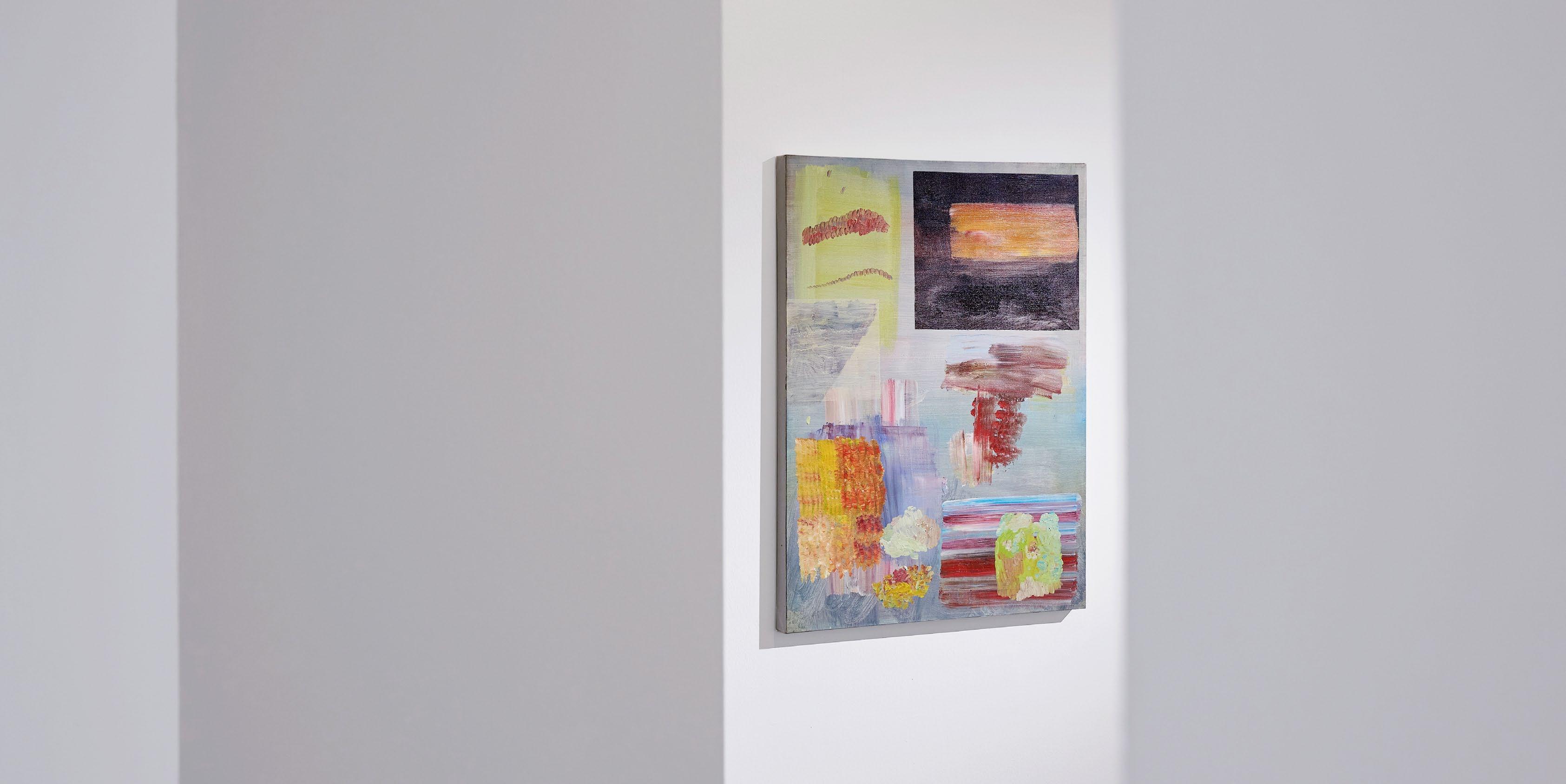
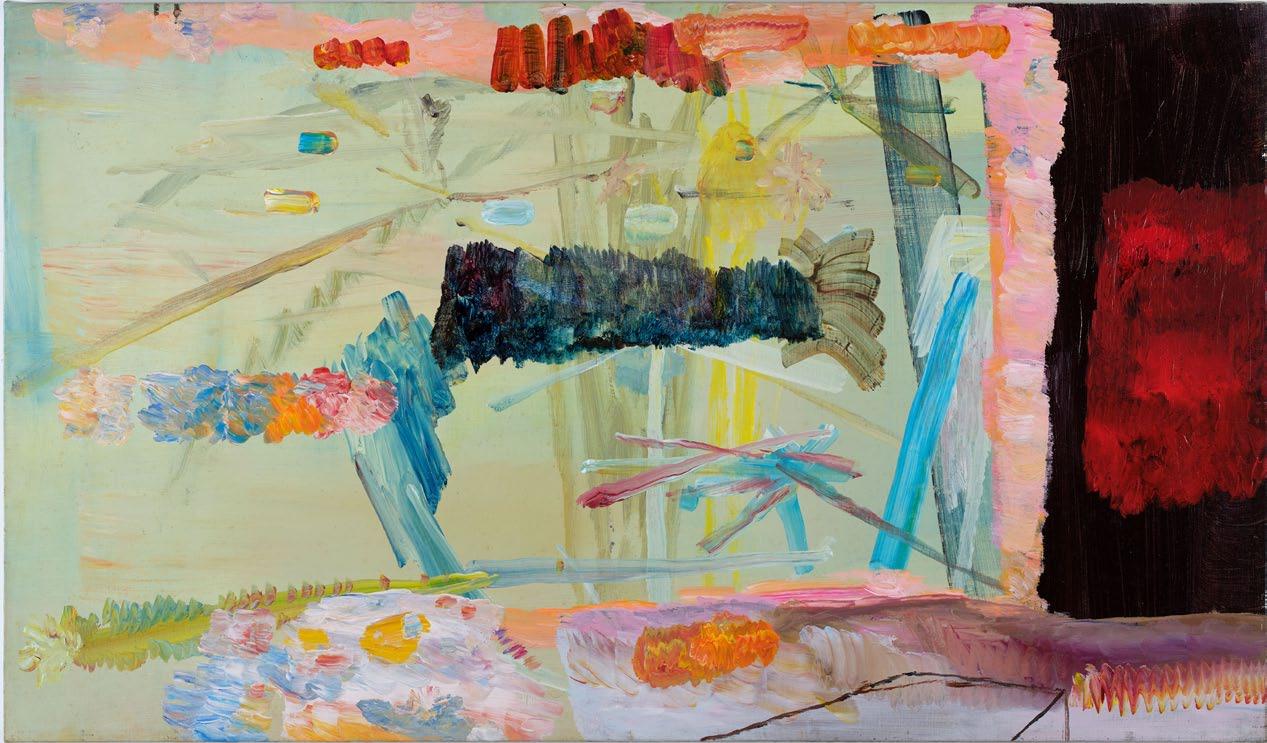
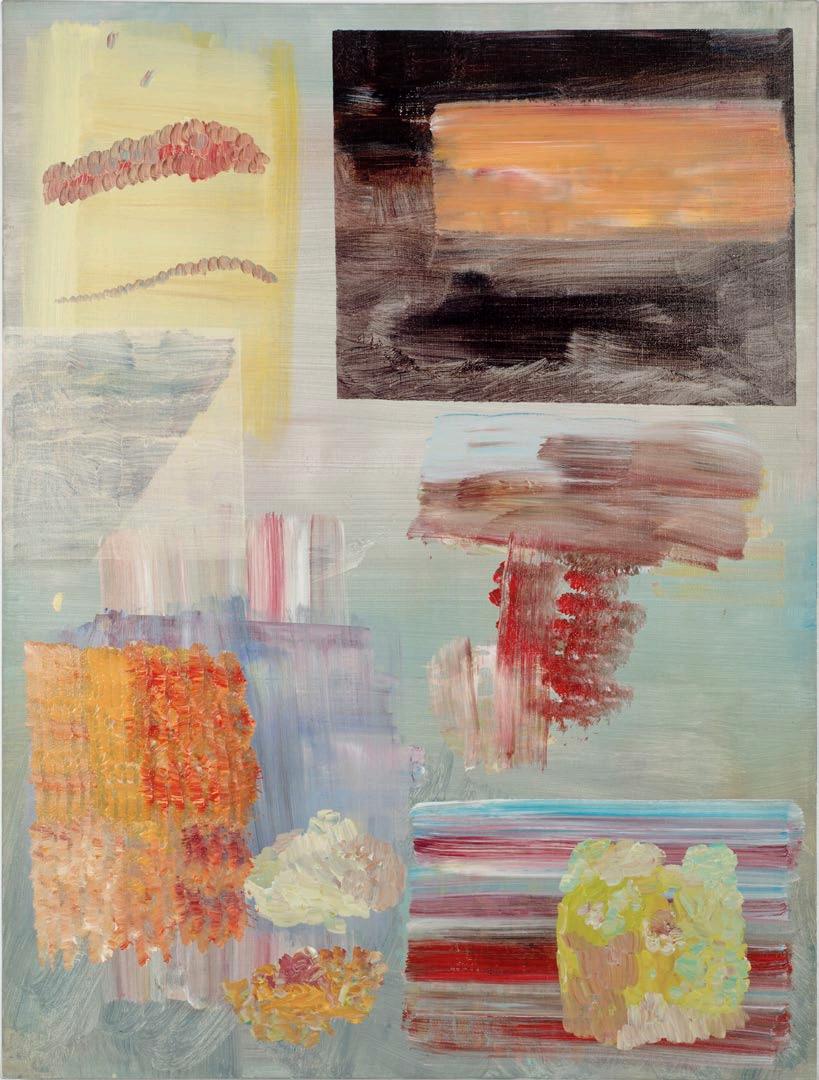
Painting and the art of moving air 2 2000
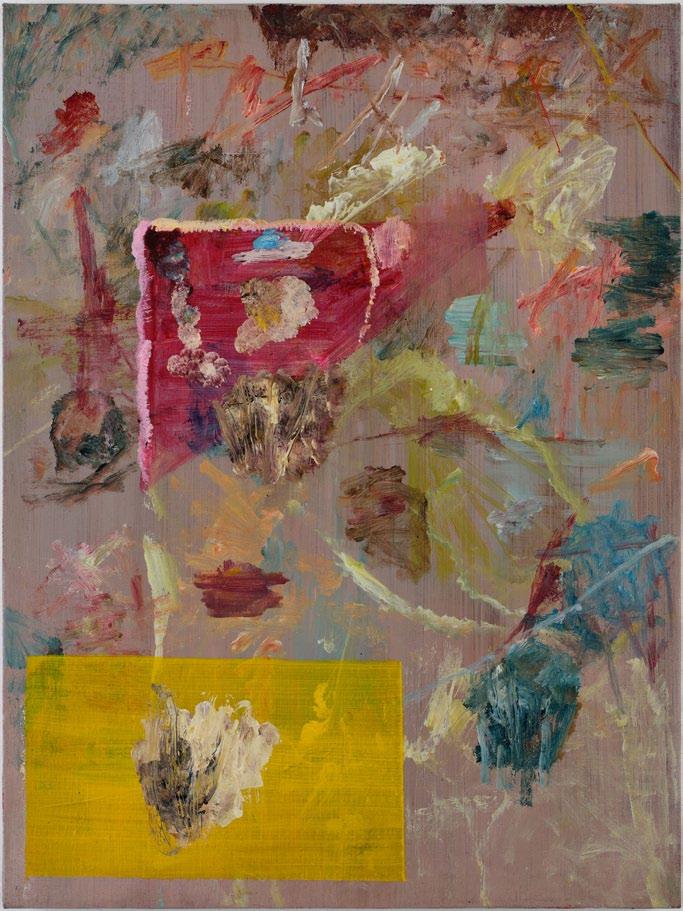


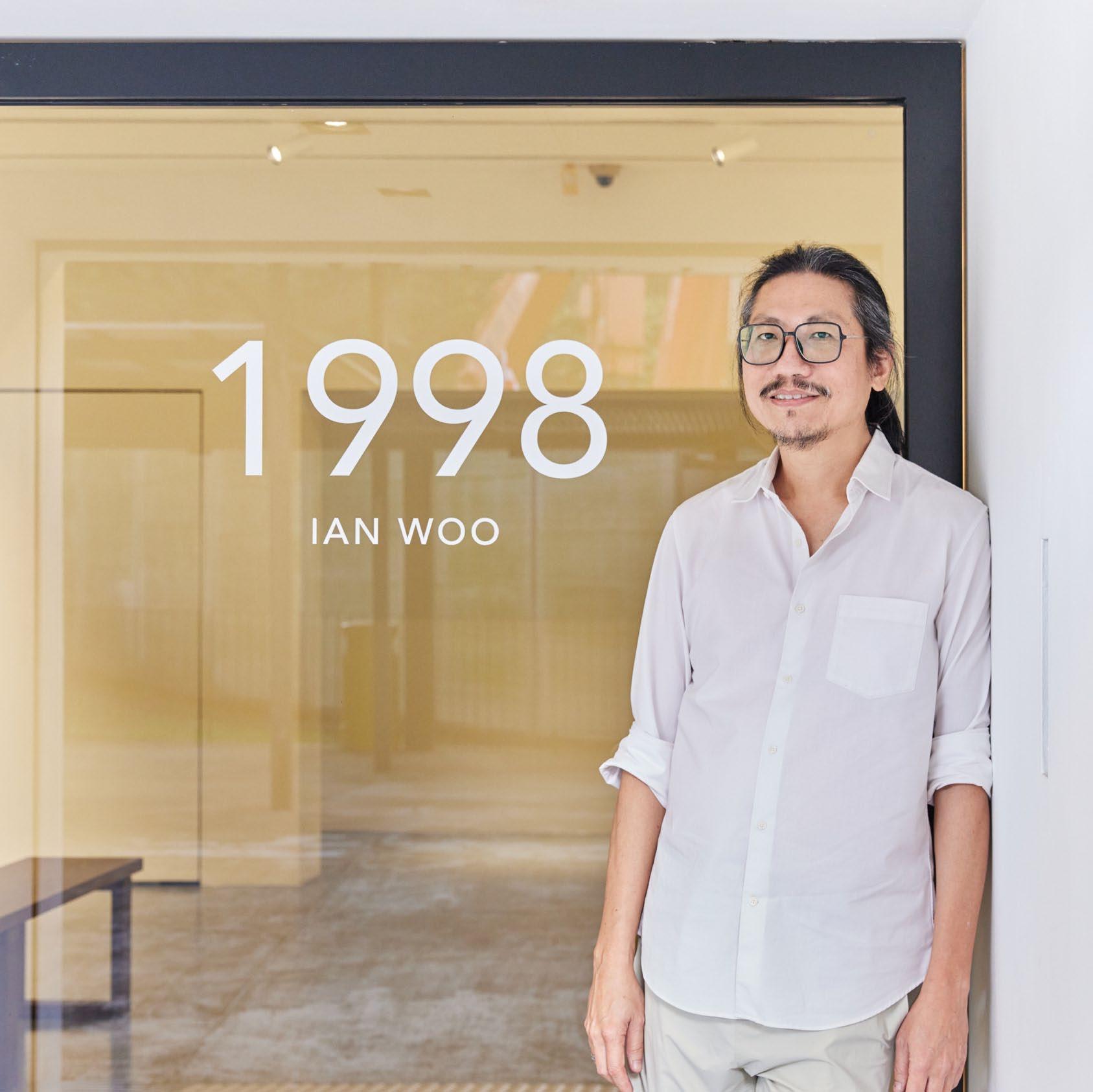
Ian Woo (b. 1967, Singapore) is an artist working in the language of abstraction. Influenced by forms of modernism, perceptual abstraction and the sound structures of music improvisation, his work is characterised by a sense of gravitational and representational change. He often uses the term ‘picture making’ when describing his position and approach, maintaining the discipline of painting as a vehicle for pictorial reflectivity.
Recent solo exhibitions include Joy of a preverbal dispenser at FOST Gallery, Singapore (2020), Emotional Things at The Esplanade Tunnel, Singapore (2018). Selected group exhibitions include Strange forms of life and On time at STPI Creative Workshop and Gallery, Singapore (2020/2021).
His works are in the collection of major institutions such as ABN AMRO, Singapore Art Museum, The Istana Singapore, The National Gallery Singapore, Suzhou Center, UBS, and the Mint Museum of Craft & Design, USA.
Woo’s paintings have been featured in the publication Art Cities of the Future: 21st Century Avant-Gardes , published by Phaidon in 2013.
Woo lives and works in Singapore.
20 May - 22 July 2022 FOST Gallery, Singapore
All images copyright FOST Gallery and Ian Woo
Essay copyright Sherman Mern Tat Sam
Established in 2006, the eponymous FOST Gallery takes its name from its founder, Stephanie Fong, who from the outset made it her mission to show progressive contemporary artists from around the world with a special focus on artists based in Singapore. The gallery showcases artists at different stages in their careers but all with a predilection for being at the fore of contemporary art. It is a platform for the multiplicity of perspectives and practices through its rigorous curatorial programme.



